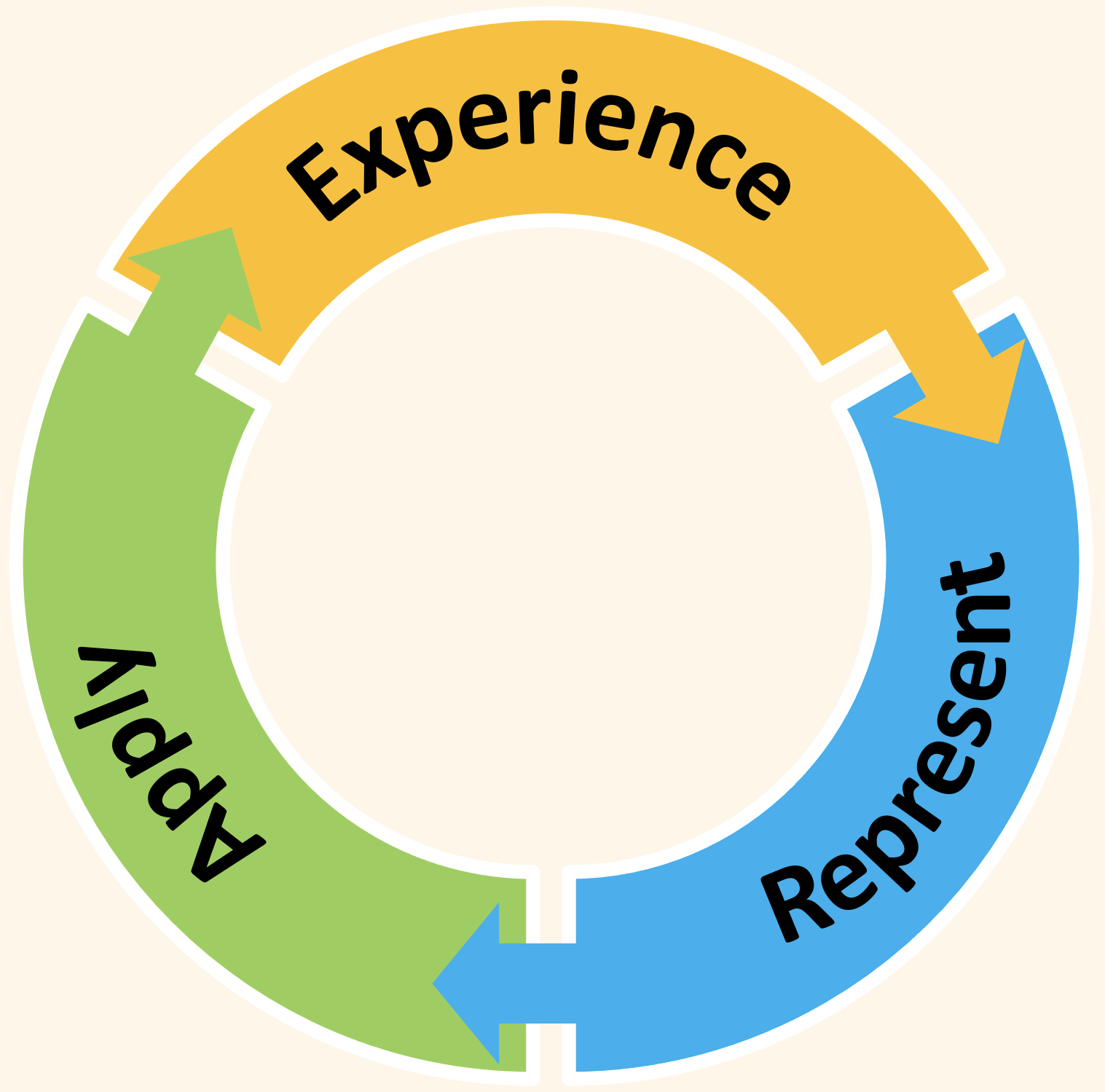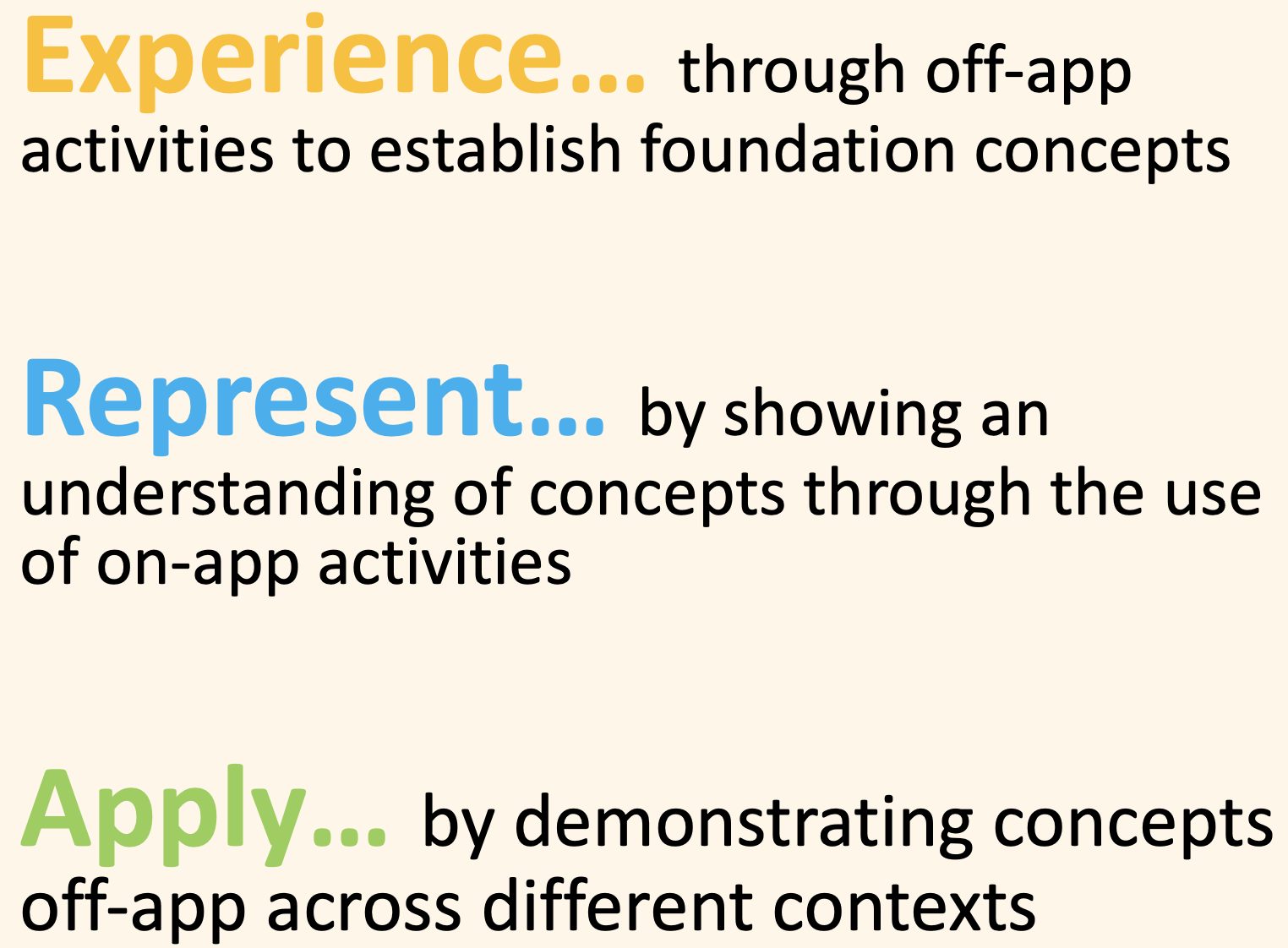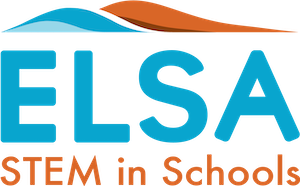Experience, Represent, Apply
THE ERA FRAMEWORK
Centenary Professor Tom Lowrie developed the Experience, Represent, Apply (ERA) framework for use in early learning educational contexts.
This ERA framework was embedded in the Early Learning STEM Australia (ELSA) Preschool program and will also be a pedagogical cornerstone of the ELSA: STEM in Schools program.
ERA supports rich, connected experiences while engaging with digital technology. All on-device experiences are scaffolded in ways that encourage children to represent their ideas in different ways.
ERA also provides teachers with the know-how to integrate digital technologies within authentic learning contexts.
ERA in ELSA
Step 1: Experience
Teachers start with experiences in the real world that introduce children to a specific STEM concept.
These experiences help children understand what they already know, and also develop the appropriate language to communicate their knowledge. It also helps the teacher to find out where children are at in their learning.
Step 2: Represent
Children engage with a digital activity about the same STEM concept.
The Represent step connects digital and physical environments to assist with transferring learning.
Step 3: Apply
After engaging with a digital activity, children can apply what they learned using different materials and in different situations.
Apply activities can then lead into experience activities, leading to a continual cycle of learning.
The Experience, Represent, Apply (ERA) framework is © SPLAT-maths Pty Ltd. Reproduced with permission.


ideas, methods, values
STEM Practices framework
The STEM Practices framework was developed in 2017 for use in early learning education. This framework was subsequently an integral part of the Early Learning STEM Australia (ELSA) Preschool program.
ELSA’s use of the STEM Practices refers to research published by Lowrie, T., Leonard S. and Fitzgerald, R. (2018) “STEM Practices: A translational framework for large-scale STEM education design” Educational Design Research, 2 (1), 1-20.
STEM Practices looks at STEM holistically, identifying what the disciplines (science, technology, engineering and mathematics) have in common.
A STEM practice involves the use of an idea, method, or value to achieve something (Lowrie, Logan, & Larkin, 2017): For example, a STEM:
- idea may be ‘problem finding’ or ‘exploring and challenging’
- method may be ‘generating ideas’ or ‘thinking critically’
- value may be curiosity or persistence

STEM Practices addresses educational needs
Lowrie et al. (2017) and Lowrie et al. (2018) argue that the STEM Practices approach responds to the needs of STEM education in a number of ways:
- A STEM practices approach overcomes the arguments around approaches to STEM education as it focuses on all curriculum areas, both within STEM and in other areas of the curriculum.
- Teachers feel comfortable in using STEM Practices as they don’t require specialist subject knowledge and can, in fact, be applied in all subject areas.
- STEM Practices, because they are context bound, meet the individual needs of any student. This enables students to relate to what is being taught, by starting with what they know and building outwards from that.
- Teachers can easily involve families and the broader community, as examples of STEM Practices are found everywhere. This, therefore, has the advantage of increasing the value placed on STEM and understanding of STEM applications.
